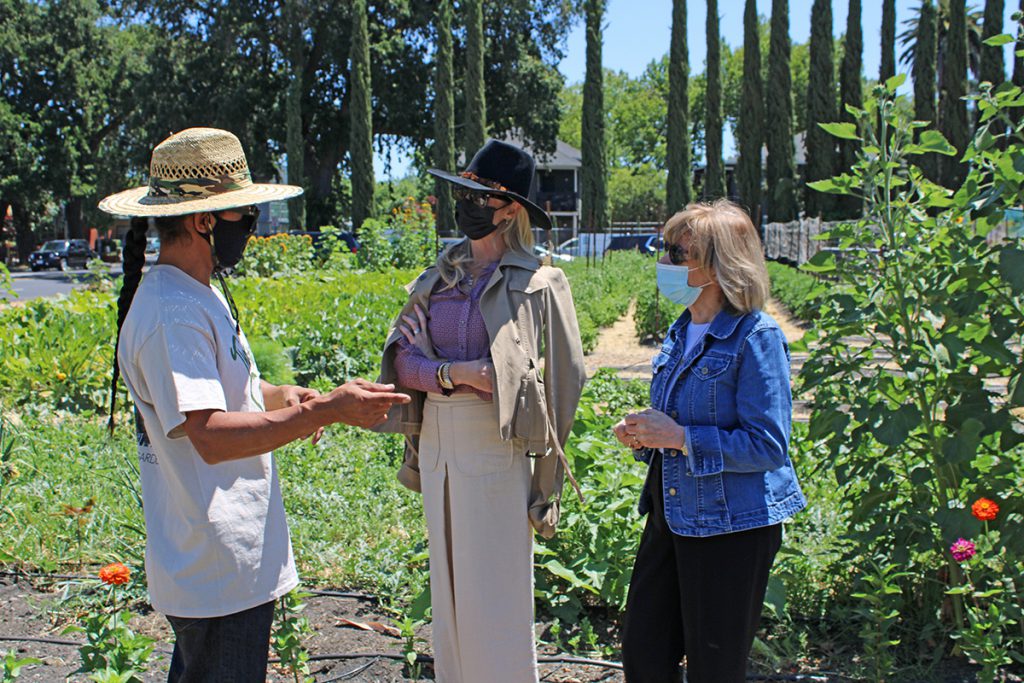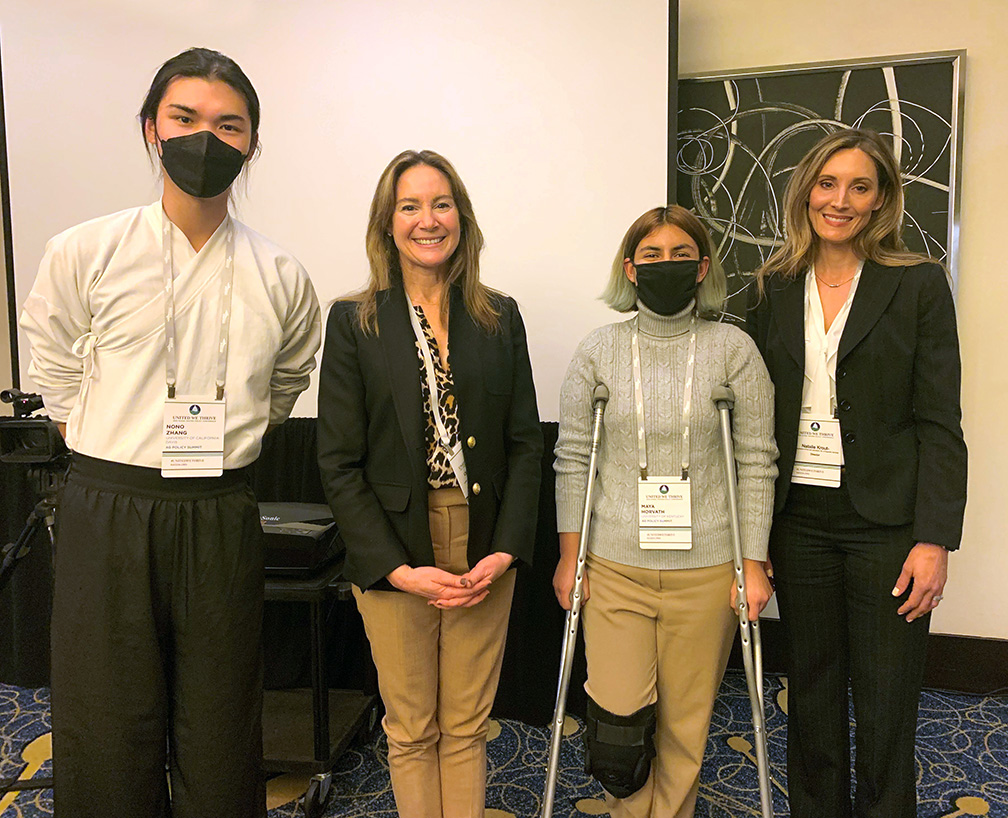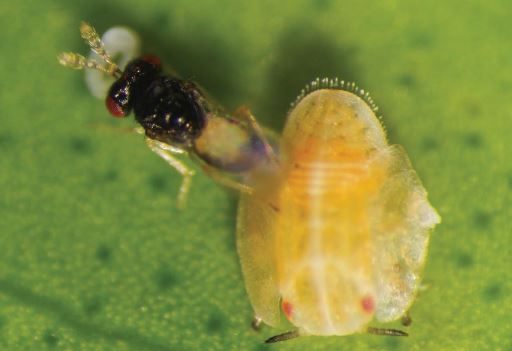
Building on her commitment to ensuring California children have the best start in life, First Partner Jennifer Siebel Newsom today announced the release of Planting the Seed: Farm to School Roadmap for Success, a report promoting the expansion of farm to school programs across California to advance child well-being, equity, economic growth, and environmental resilience.
“Last year, California made history as the first state to establish permanent universal school meals. Through farm to school programs, we are going one step further to ensure children don’t just have access to free meals in school, but that those meals are healthy, nutritious, and locally-grown,” said Governor Newsom.
Access to high-quality, fresh foods can increase students’ consumption of fruits and vegetables and support children’s physical health, while hands-on experiential learning opportunities like gardening and cooking serve to improve educational outcomes and support whole-child development. Farm to school programs allow students to learn about the relationships between food systems and the environment.
“Schools play a crucial role in feeding California children and communities, with school meal recipients consuming almost half of their daily caloric intake from school meals alone,” said First Partner Siebel Newsom. “Planting the Seed is a roadmap to strengthen the state’s school food systems, nurture children’s minds and bodies, and cultivate a healthier, more equitable, climate smart California for all.”
School meals are crucial sources of nutrition for children and an important tool to improve food access and nutrition security among children and their families, especially in communities of color. During the pandemic, approximately one in four low-income families in the state relied on food from schools to cover food shortages. Nationally, people of color are more likely to experience food insecurity, hunger, childhood obesity, and diabetes in both rural and urban communities.
“California, which produces over a third of the nation’s vegetables and two-thirds of the country’s fruits and nuts, is well-positioned to improve child health and well-being through the expansion of farm to school programs,” said California Department of Food and Agriculture (CDFA) Secretary Karen Ross.
Farm to school programs promote economic growth in local communities through local procurement, and incentivize climate smart, regenerative agriculture practices.
Planting the Seed outlines specific recommendations to advance the expansion of farm to school programs across the state, including:
- Allocating funding to scale up farm to school programs that encourage and prioritize equitable, climate smart procurement.
- Investing in school food careers and scratch cooking infrastructure to ensure school nutrition teams can prepare delicious, nutritious, and locally-sourced meals.
- Developing optional model K-12 food education standards to help students understand how food impacts health, culture, biodiversity, and climate.
- Strengthening relationships between schools and producers to improve food system equity and promote climate smart, regenerative agriculture practices.
- Expanding and creating inclusive access to school food markets for a wide range of California producers, especially small and mid-scale producers, producers that are Black, Indigenous, or people of color, and producers that utilize climate smart, regenerative agriculture practices.
- Investing in evaluation and research, and developing an annual California farm to school census.
Today’s announcement follows the state’s investment of nearly $70 million for the California Farm to School Incubator Grant, a program championed by the First Partner and administered by CDFA, to provide competitive grants to support innovative local and regional farm to school projects. In the 2021-22 budget, the state also invested $150 million to upgrade kitchen infrastructure and train food service employees. Aligned with the report’s recommendations, the Governor’s California Blueprint proposes an additional $30 million to support the grant program and $450 million to upgrade school kitchen infrastructure and equipment to incorporate more scratch-cooking and use of fresh, minimally processed, California-grown foods in school meals.
Planting the Seed is the result of a collaboration, led by First Partner Jennifer Siebel Newsom and CDFA Secretary Karen Ross, among a number of state agency leaders, education professionals, and farm to school experts and practitioners. Planting the Seed: Farm to School Roadmap for Success can be found here.

























































